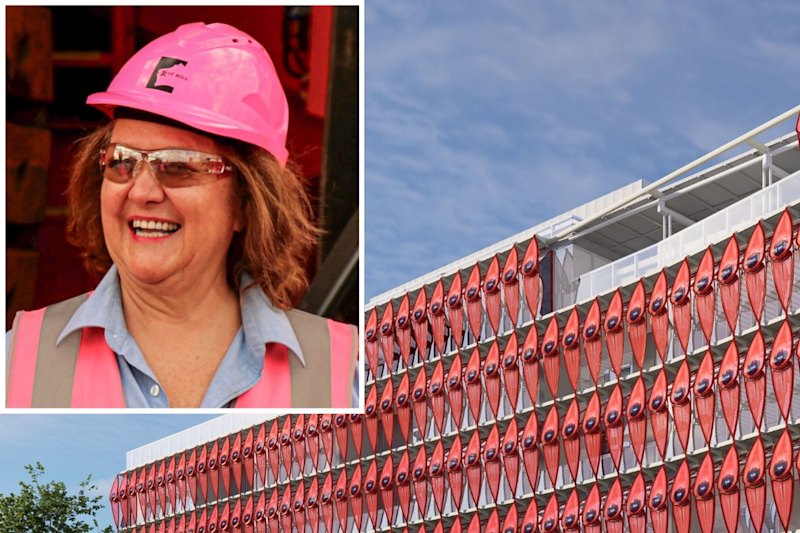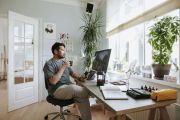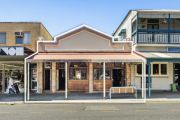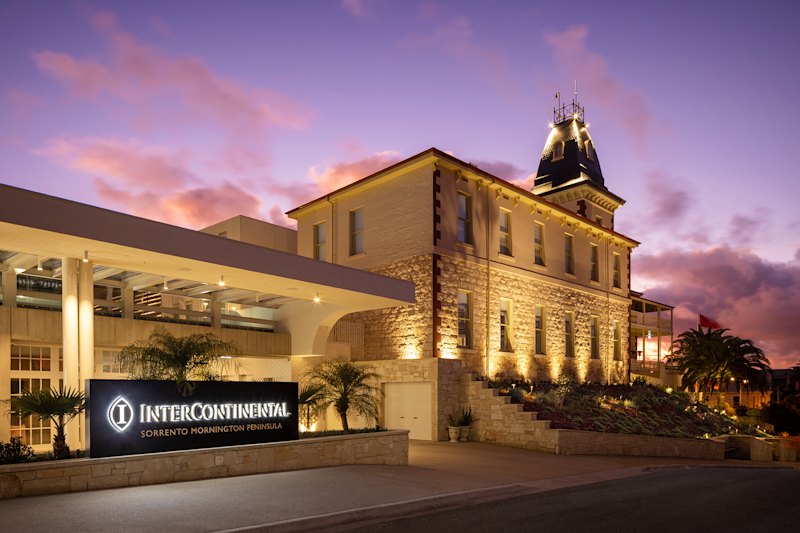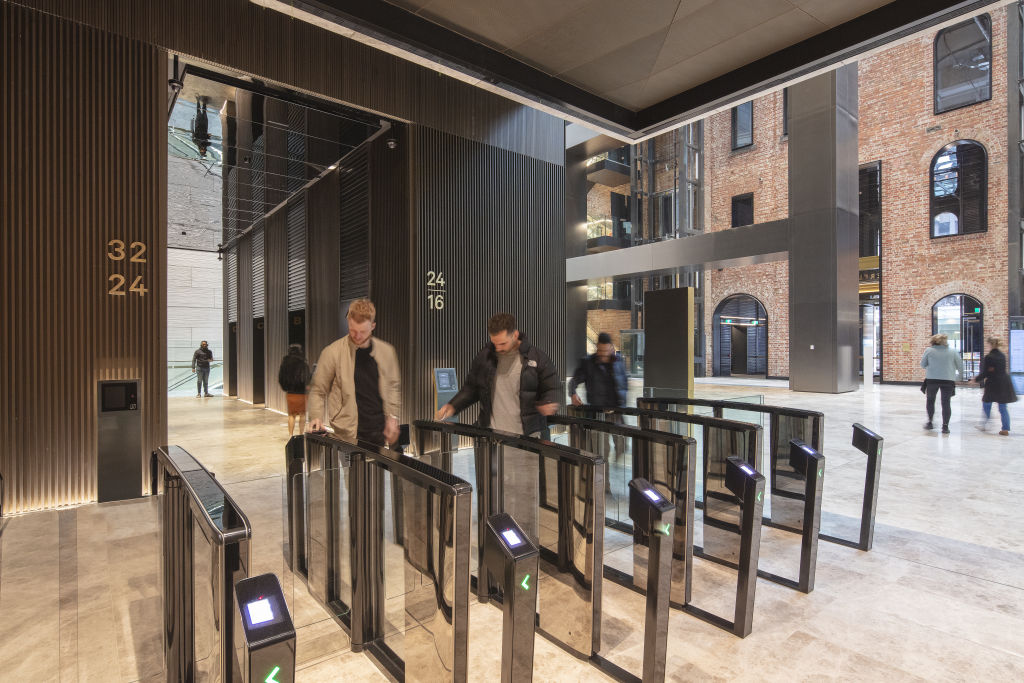
Not dead, but different: How big office towers will look post-COVID-19 crisis
The big traditional CBD office tower is not dead – it’s just being revived in a completely different format.
And the future belongs to those who recognise that the changes wrought by the COVID-19 pandemic are here to stay and who are ready to seize the day, embrace the new reality, adapt their working lives, innovate their businesses and become much more flexible about … pretty much everything.
Those are the conclusions of a major new report, COVID-19 and the Changing World of Work by developer Mirvac, after a series of interviews with employees, office customers, customer management, architects and workplace experts, and scouring more than 100 academic papers, reports and research articles.
“There are some people who’d prefer to hide under a rock or deny that the change happening is permanent,” said the report’s author Paul Edwards, general manager strategy and customer, commercial property, Mirvac.
“They say it takes an average of 66 days to form a new habit, and we’ve had a long time of change now with the pandemic. So we recognise change is happening and we’re embracing it and putting our thoughts together about what work will be like in the future.
“We can’t afford to be complacent, and the businesses that do innovate and adapt and are more flexible are those who will win in the long-run.”
One of the key predictions of the report is that, while most people moving forward will still work from home for two or three days a week, access to the office environment will be more important than ever.
Workers will want to come in to see their colleagues, to bounce ideas off each other, to collaborate, and to reinforce their companies’ culture. But whereas offices traditionally used to comprise 80 per cent work stations and 20 per cent meeting and conference spaces, those conventional metrics are set to be flipped on their head.
“Everyone will still need offices, but there’s just serious rethinking going on about the different uses of the office space,” said Mr Edwards.
“It won’t mean less space either, just a remodelling of that same space. In the future, 20 per cent of the space might be for workstations, because people can do that kind of work from anywhere, from home or from a hub.
“But 80 per cent of the space will be used as open spaces for teams of 20 people to come together and work on projects, or people to get together to discuss projects, or come up with new ideas and visions. They’ll be learning – as digitalisation of the workplace means computers will do more of the mundane tasks – and interacting and focusing on critical thinking and problem-solving.
“While people’s productivity has gone up from working from home, their business’s productivity has suffered from people not getting together and discussing ideas. One of our clients said that their biggest project last year, for instance, came from a chance conversation between two people in the tea room.”
The new workplace will be redesigned as a “web” of spaces, including the employees’ homes, third spaces, coworking environments and HQ. That HQ will need to deliver experiences that entice workers back, with environments that will cultivate culture, networks, relationships and connectivity.
The main offices will stay in the CBD too, despite people now increasingly moving into the suburbs and regions, knowing they can work more from home. The convenience of the big city locations as the central meeting point for employees who are now far more scattered around will remain critical.
Mr Edwards predicts that, just as disruption hit the retail sector with the rise of online shopping, this disruption will also lead to the rise of the “omni-channel” worker, with people moving seamlessly between physical offices and digital meetings.
Flexible offices will also be important, where companies can hack their spaces to suit different projects and while technology has really helped keep businesses alive during the pandemic, its downsides need to be recognised and negotiated. Zoom fatigue is alive and well, and draining everyone.
“Workers have reported mental fatigue after being on back-to-back work calls all day, as both employee and employer struggle to create the structure required for continuously working at home,” Mr Edwards said.
“Health, safety and environment management systems built for flexible working were not designed to deal with full-time remote working, nor was the typical home set-up.This is leading to increasing issues with wellbeing – but the real impact has yet to wash through.”
Through the research, it also became evident that people were missing the social fabric that underpins the culture of a company. Social interactions between staff lead to ideas, curiosity, relationships and rapport – all of which helps companies to build trust.
“Relationships and trust are fundamental to any successful workforce and become even more important when you have a distributed workforce,” said Mr Edwards. “It is clear that companies cannot underestimate the value of the strong social network within a business that holds it together.
“For many people ‘work friends’ play an important role in their social network. It’s at work that we are exposed to diversity on all levels, as we are exposed to people of different ages, backgrounds and personality types.
“To remove this exposure from a person’s social network would undoubtedly have a profound effect on their evolution as a person. Could the key to bringing people back to the office be social?”
The report also outlines a number of other unexpected consequences of the pandemic – and opportunities. On the plus side are lower emissions from less traffic in cities, an increased uptake of walking and bicycle use, and more time with family.
On the downside are, for some, more time with family, the stress of working from home and the increased sleep disturbance, and question marks around who pays for what when employees are working from home.
“Globally, the COVID-19 situation is complex and ever-changing,” said Mr Edwards. “While Australia is faring relatively well so far, our world is still subject to unexpected and sudden shifts.
“At Mirvac, we are conscious of the uncertainty this creates, so we’re regularly checking in with our customers and employees to ensure we have our finger on the pulse.”

